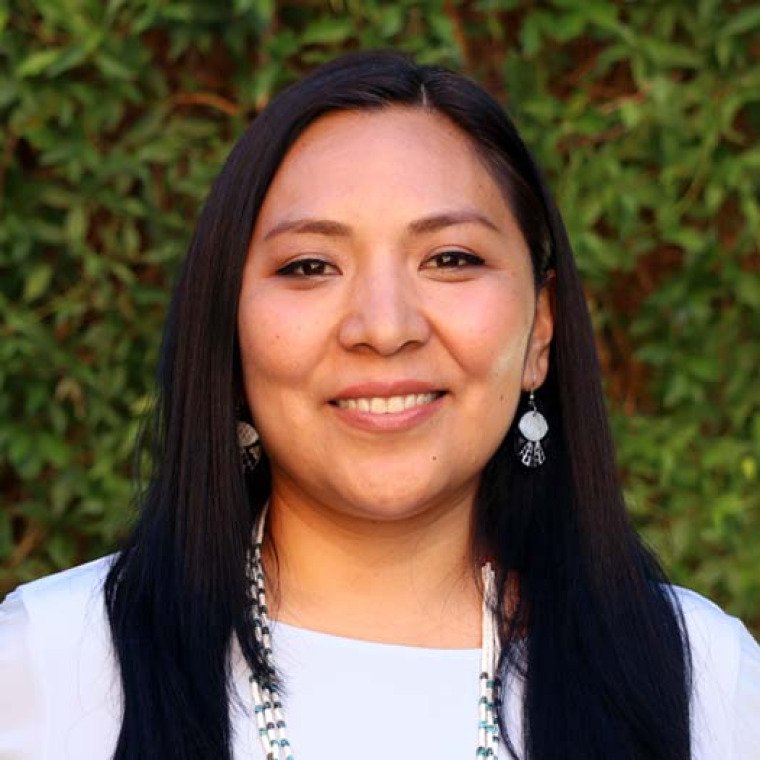Carrie Nuva Joseph

UA College of Public Health
Faculty Fellow 2019-2021
Dr. Carrie N. Joseph is a water and environmental scientist who works in partnership with the University of Arizona’s Center for Indigenous Environmental Health Research and is a Postdoctoral Scholar at Arizona State University’s School of Sustainable Engineering and the Built Environment. As an Indigenous scientist and a citizen of the Hopi Nation, she uses Indigenous-driven knowledge and data to influence the unjust implications of policy on Indigenous Peoples, their landscapes, and water resources. Specifically, her work focuses on the chemical and biogeophysical relationships between natural and engineered landscapes impacted by uranium mining and extraction processes as a result of federal policy and U.S. defense purposes. Her partnership approach Is guided by tribal sovereignty and community in the areas of remediation, water, sustainability, climate change, human exposure, and policy.
Current work as the Haury Faculty Fellow
Joseph is partnering with several members from the College of Public Health, including Drs Mary Kay O’Rourke, Robin Harris, Nicole Yuan, Phillip Harbor, and Stephanie Carroll Rainie, to guide her research plans with the Hopi Tribe to further understand the impacts that uranium extraction and mining have on the health, cultural, environmental, and socioecological well-being of the Hopi Nation. The Haury award will assist Joseph to continue supporting community initiatives in underrepresented populations that have led to key insights across the dimensions of social equity, food sovereignty, educational enrichment, and environmental protection.
“This community-driven initiative,” Joseph says, “will allow me to create baseline environmental indoor and outdoor data, communicate the history and risk of uranium extraction, assess knowledge, and communicate data to tribal and agency representative to improve partnerships.”
